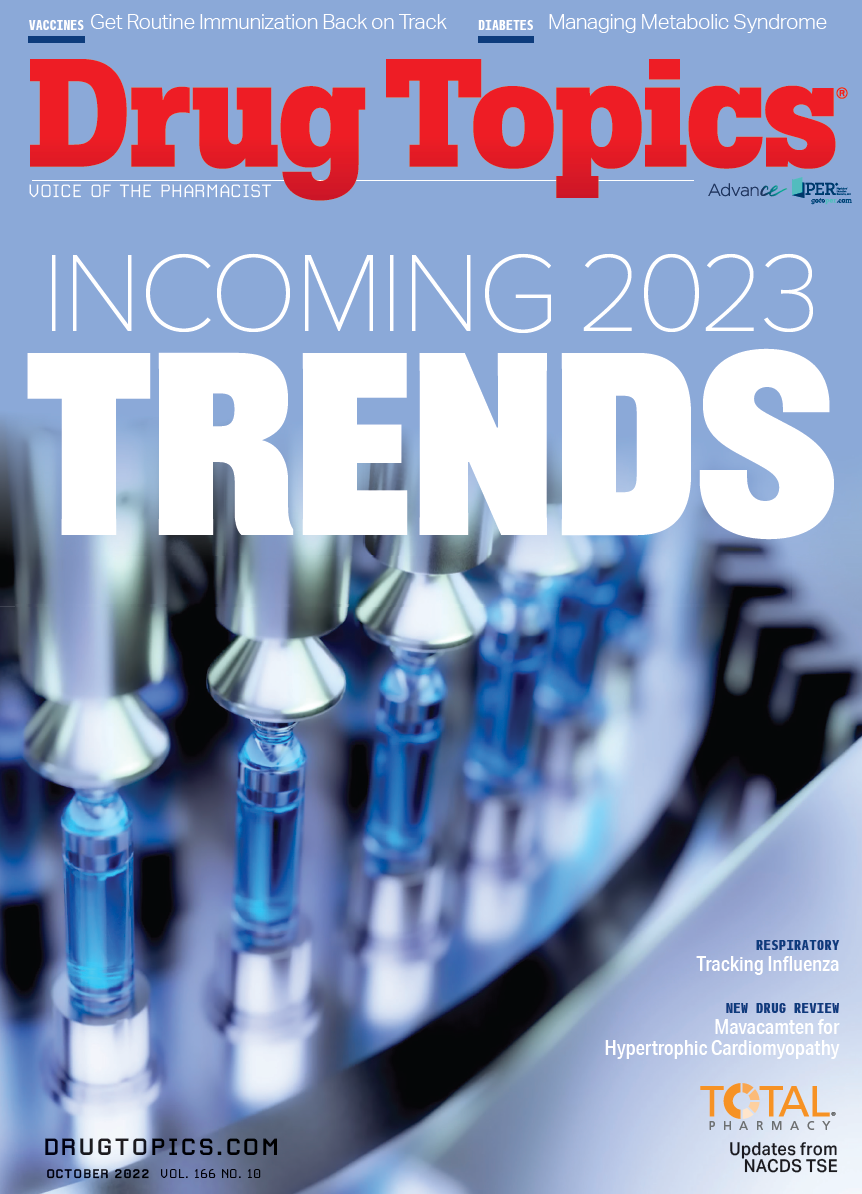Follow the Money
As he prepared to move house, our columnist was struck by the similarities between a yard sale and the prescription drug pricing infrastructure.
Simply put, one of the biggest challenges of moving from one house to another is what to do with all the stuff. We decided to move from central Pennsylvania to Morgantown, West Virginia, to live closer to our daughter, her husband, and our adorable 6-year-old grandchild. This move also put us 1 hour closer to Pittsburgh, Pennsylvania, where my son, his wife, and our 2 beautiful granddaughters live.
We had lived in our home for 36 years, and we raised 3 children there. When raising 3 active kids, you accumulate a lot of stuff: 4 canoes, a canoe trailer, yard decorations, and numerous bicycles all filled the extra garage I rented downtown. Knowing we could not possibly bring all this stuff to Morgantown, we had to sell it. What was all this stuff worth? Whatever the next person would pay for it!
At our yard sale, my canoe trailer brought me $250—more than I’d paid for it 20 years ago—and the canoes did equally well. However, small kitchen appliances were hauled away for pennies on the dollars. We were just glad for the major downsize. We had priced items reasonably, but to keep in the game, we discounted everything when the buyers asked for a deal.
This process reminds me of what I do every day in the pharmacy. When I look at the 5 biosimilars of insulin glargine, ranging from $144.28 to $405.41 for the brand name, I am amazed that not a single patient has the least expensive biosimilar on their formulary. Instead, the most expensive brand is preferred. Could you imagine going to the grocery store and seeing cans of pineapple priced from $1.44 to $4.05, and everyone buying the most expensive can?
Unfortunately, this happens in the pharmacy every day. We are acutely aware that brand-name therapies have grossly inflated prices to help cover the offered rebates. We know full well that there is not a pharmacy benefit manager (PBM) or insurance company paying the full $405.41 for brand-name insulin glargine. PBMs blame drug companies, drug companies blame PBMs, and patients blame pharmacists, as we are the only ones that they can complain to. Yet 3 PBMs process 79% of the prescriptions filled on a daily basis.
According to the National Community Pharmacists Association, “PBMs raise drug costs by almost 30% due to the rebates they charge manufacturers to be on their formularies. PBM rebates, at $143 billion in 2019, add nearly 30 cents per dollar to the price consumers pay for prescriptions.”1 I find it interesting that the government is not interested in looking for a 30% discount, 30 cents on the dollar, for the prescriptions processed by the PBMs. One of the PBM administrators made $36 million in 2019. Think of the insulin that could have been discounted to our older population, some of whom are paying outrageous co-pays on Medicare plans.
Over the years, I have learned that when something doesn’t make sense, follow the money. My yard sale netted us some nice money; fortunately, we didn’t have to contribute to a political action committee or give anything to a middleman. I wish the government could operate health care with such a simplistic game plan. Drugs are worth what the next patient will pay for them, just like my canoes, stepladder, and ice fishing equipment. And as long as someone else is picking up the tab, drug prices will continue to escalate, while the PBMs continue to take advantage of pharmacies, the government, drug companies, and—of course—patients.
Reference
1. The truth about pharmacy benefit managers: they increase costs and restrict patient choice and access. National Community Pharmacists Association. Accessed September 12, 2022. https://ncpa.org/sites/default/files/2020-09/ncpa-response-to-pcma-ads.pdf
